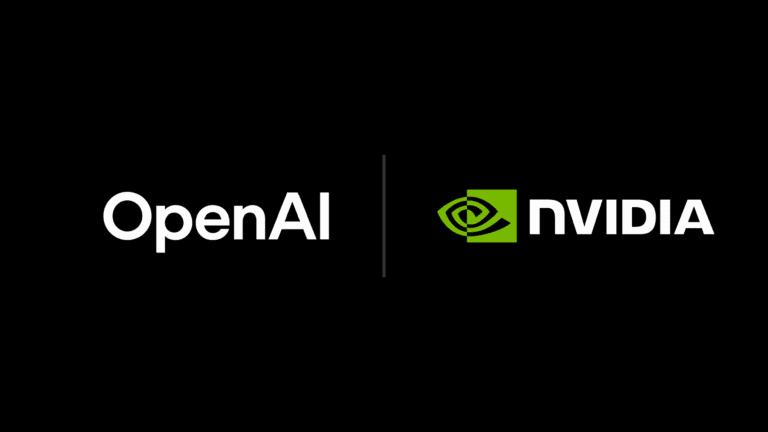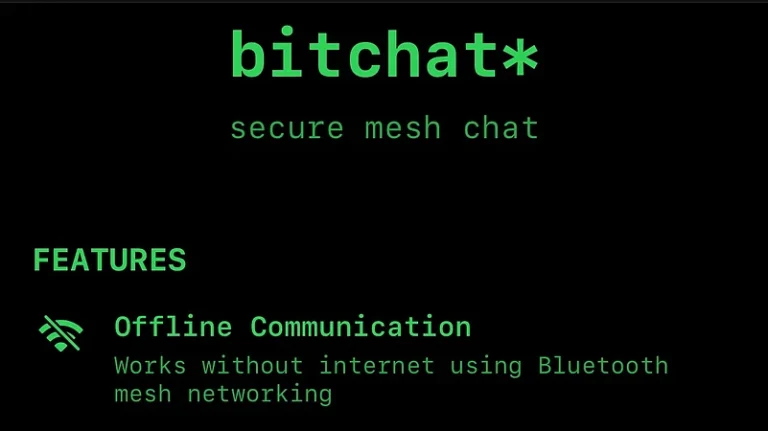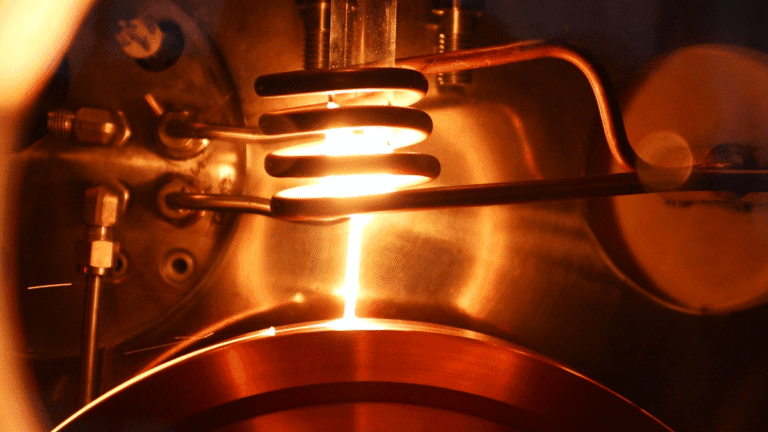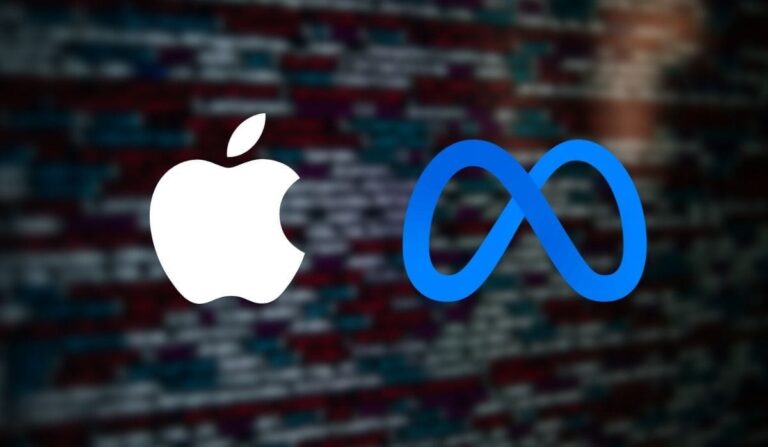Title: Jurassic Park-Inspired Tech Could Revolutionize DNA Data Storage
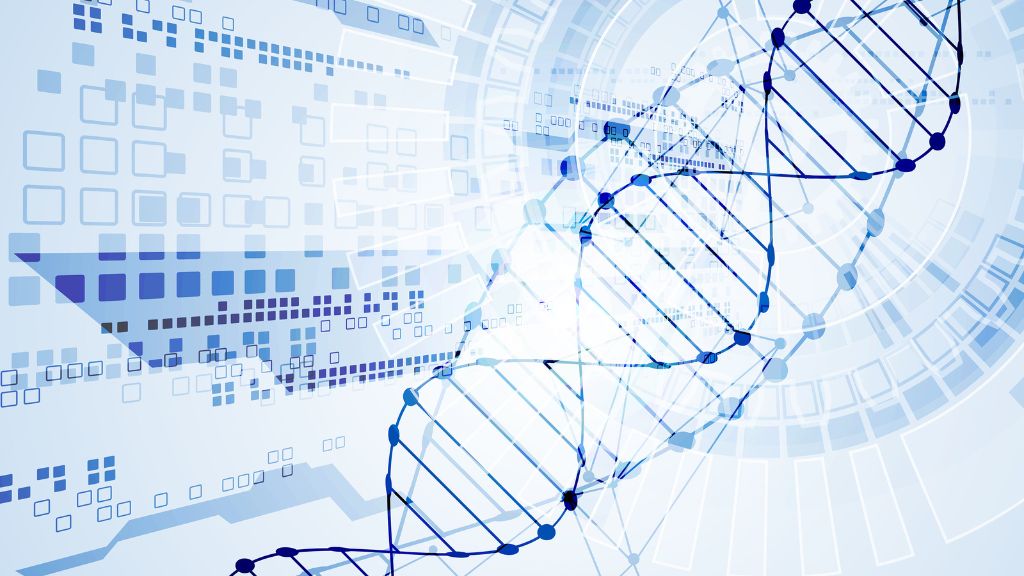
In a development reminiscent of the science fiction in Jurassic Park, researchers are pushing the boundaries of data storage by exploring the use of DNA to encode and store digital information. This cutting-edge technology could be a game-changer in a world that is producing more data than ever before, with predictions that global data creation will reach over 180 zettabytes by 2025.
The Concept: Data in DNA
DNA, the molecule that stores genetic information in living organisms, has incredible potential for data storage because of its dense and stable structure. A single gram of DNA can store approximately 215 petabytes of data, equivalent to hundreds of millions of times more information than a conventional hard drive can hold. Unlike hard drives, which degrade over time, DNA remains stable for thousands of years, making it an excellent medium for long-term data preservation.
The idea behind using DNA as a storage medium was inspired by nature. Just as DNA stores the instructions to build and sustain life, scientists are now working on methods to encode digital data into the four chemical bases of DNA: adenine (A), cytosine (C), guanine (G), and thymine (T). The process involves translating binary data (1s and 0s) into DNA sequences and then synthesizing these sequences to create artificial DNA molecules that can store information.
How It Works: The Encoding Process
The encoding of data into DNA is a complex process. First, the binary data of a file—whether it’s a text, image, or video—is converted into a code based on the four letters of the DNA alphabet (A, C, G, T). This code is then synthesized into physical DNA strands by specialized machines that can build DNA from scratch.
Once the data is encoded into DNA, it can be stored in tiny volumes of liquid or powder form. When it’s time to retrieve the data, sequencing machines read the DNA, translating the sequences back into binary code that computers can understand.
While the concept sounds futuristic, several companies and research institutions are already making significant progress. In fact, scientists have successfully encoded and retrieved information like Shakespeare’s sonnets and even a short film into DNA strands. This innovation could pave the way for storing massive amounts of data in extremely small physical spaces.
Advantages of DNA Data Storage
DNA storage offers several key advantages over traditional digital storage:
- Density: DNA is incredibly dense, meaning vast amounts of data can be stored in a tiny physical space. For example, all the world’s data could theoretically fit into a container the size of a sugar cube if encoded in DNA.
- Durability: DNA is stable and can survive for thousands of years under the right conditions, unlike hard drives and solid-state drives, which degrade over time.
- Sustainability: The environmental footprint of DNA storage is minimal compared to massive data centers that require significant amounts of energy for cooling and maintenance. DNA doesn’t need constant power to preserve information.
- Scalability: As data generation continues to accelerate, the scalability of DNA storage offers a solution for the long-term storage needs of industries such as healthcare, finance, and tech.
Challenges and Future Prospects
Despite its promise, DNA data storage is still in its infancy and faces several challenges. The process of encoding data into DNA and then retrieving it is currently slow and expensive. Synthesizing DNA costs about $3,500 per megabyte, far too high for widespread adoption today. Furthermore, the technology for reading and writing data to DNA still needs to become more reliable and faster to compete with existing digital storage methods.
However, as with many emerging technologies, costs are expected to decrease over time as processes improve and become more efficient. Researchers are optimistic that DNA storage could become commercially viable within the next decade, particularly for archiving data that doesn’t need to be accessed frequently, such as historical records, scientific data, or cultural archives.
Real-World Applications
The potential applications of DNA data storage are vast and diverse. Imagine a world where entire libraries, research databases, and national archives are stored in a DNA-based system that takes up no more space than a shoebox. Companies dealing with enormous amounts of data, such as Google, Amazon, or Netflix, could leverage DNA storage to archive their data more efficiently and sustainably.
In healthcare, DNA storage could revolutionize medical records management. Instead of relying on traditional electronic health records, DNA could offer a more secure and long-lasting method of storing patient information. Additionally, the field of genomics could see a massive boost, as DNA storage would allow researchers to store vast amounts of genetic data for future research.
Conclusion
Although inspired by Jurassic Park and once considered the stuff of science fiction, the idea of storing data in DNA is now becoming a reality. With the world producing unprecedented amounts of information every day, traditional storage methods are becoming increasingly inefficient. DNA, nature’s original data storage medium, offers a potential solution to this problem with its unparalleled density, durability, and sustainability.
While challenges remain, the future of DNA data storage is incredibly promising. As technology advances, it could become a critical tool for managing the world’s ever-growing digital footprint—ensuring that information is stored securely and efficiently for generations to come.
In the coming years, we may witness the rise of a new data storage era, where information that once required entire data centers to house could fit into the palm of your hand, thanks to the wonders of DNA.
